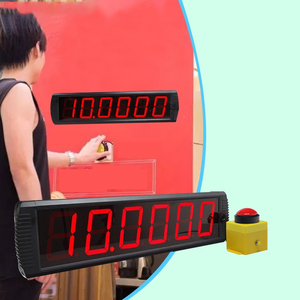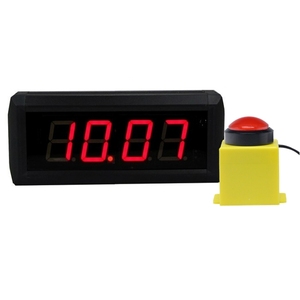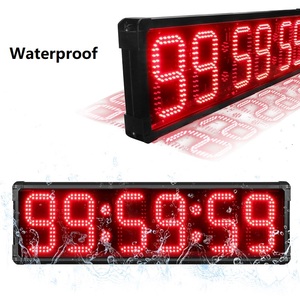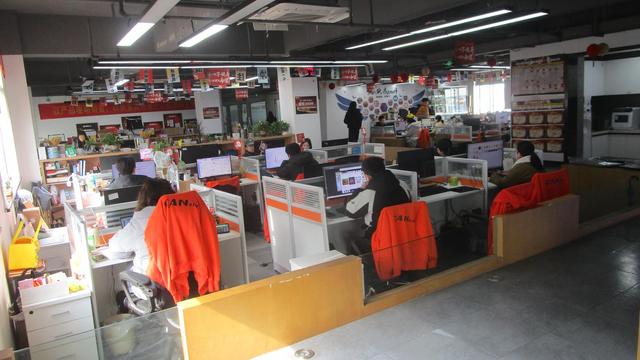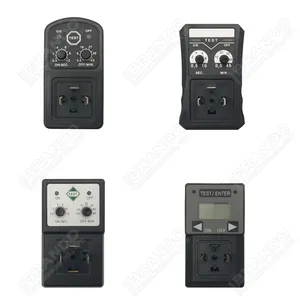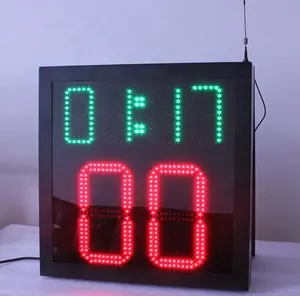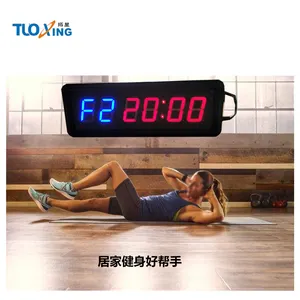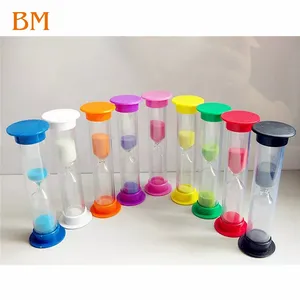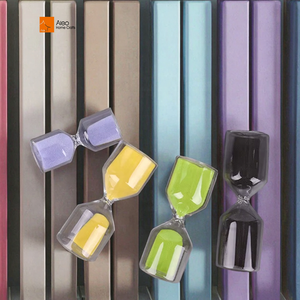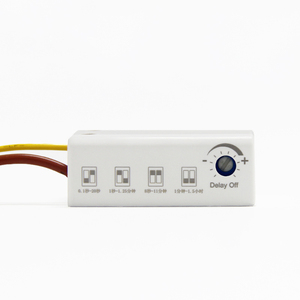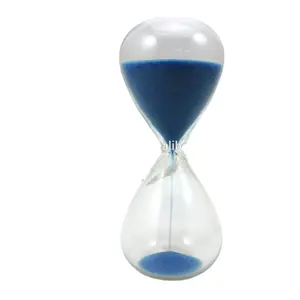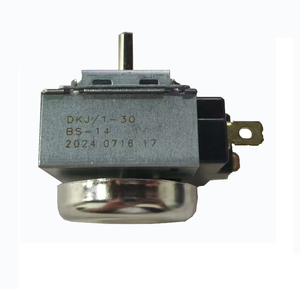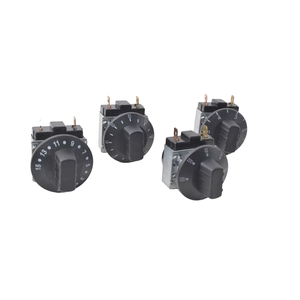10 Millisecond Timer








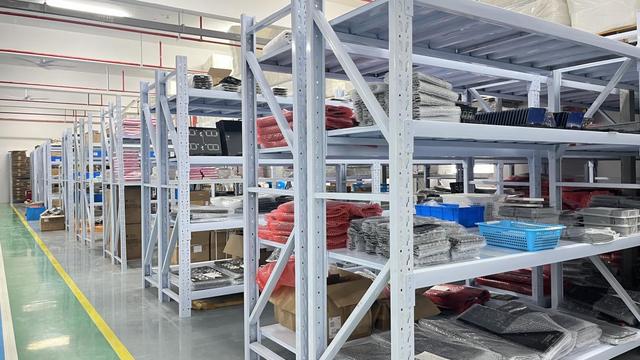

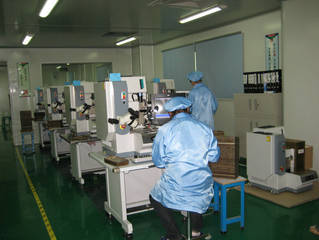


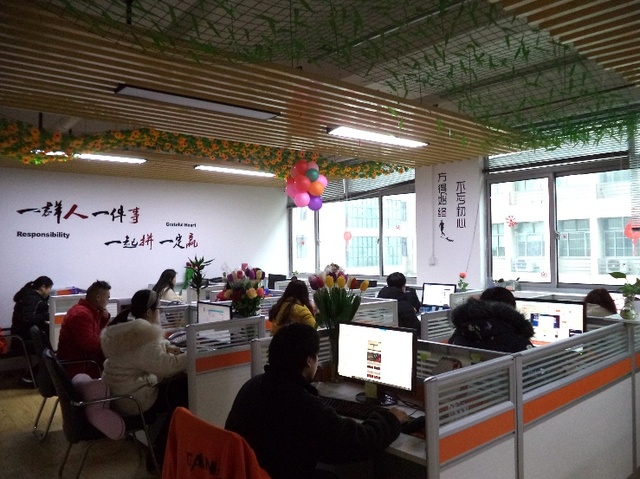



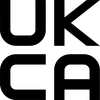





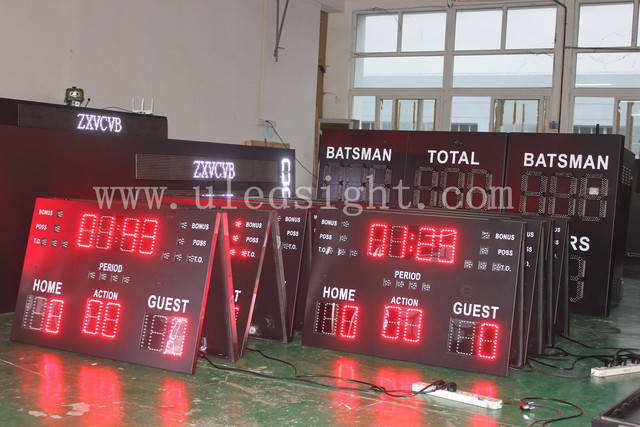







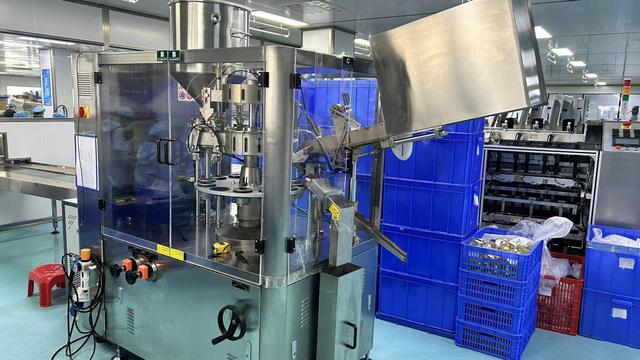





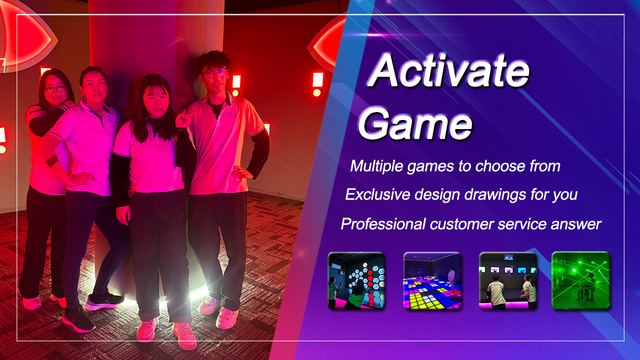



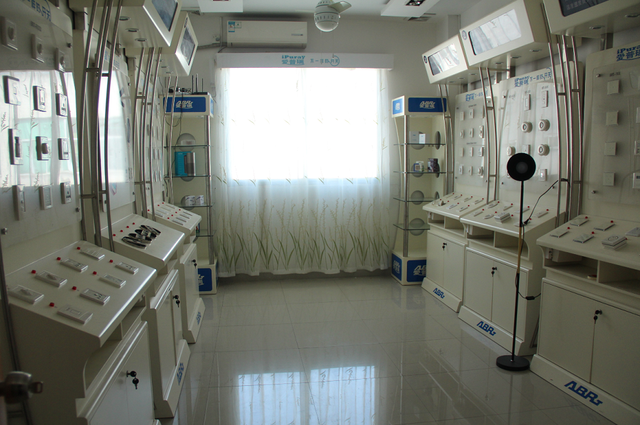







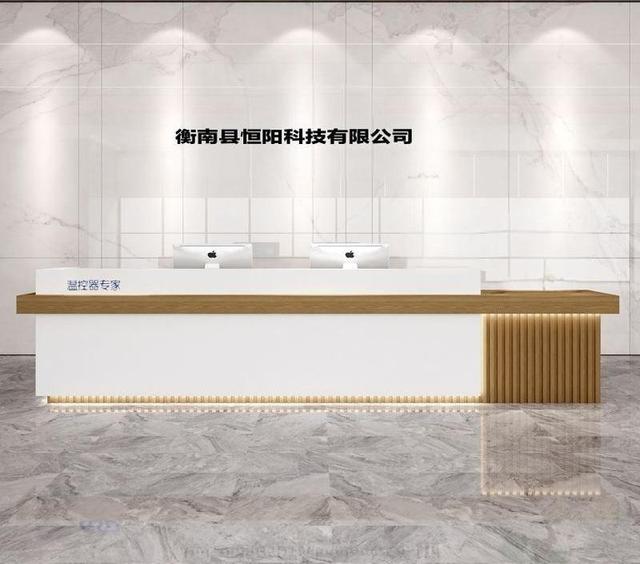
About 10 millisecond timer
Where to Find 10 Millisecond Timer Suppliers?
China remains the central hub for precision timing device manufacturing, with key production clusters in Zhejiang and Guangdong provinces. Hangzhou-based suppliers leverage established electronics ecosystems, integrating access to semiconductor components, LED display modules, and plastic injection molding services within a 50km radius. Shenzhen’s advanced electronics supply chain enables rapid prototyping and scalable assembly, particularly for compact digital timers used in sports, education, and industrial testing applications.
These regions support vertically integrated production models—from PCB fabrication to final assembly—reducing component procurement lead times by up to 40%. Suppliers benefit from localized logistics networks, allowing standard order fulfillment within 15–25 days. Buyers gain cost efficiency, with unit prices for 10 millisecond timers ranging from $2.69 at high volumes (1,000+ units) to $186 for specialized interactive models. The concentration of technical labor and surface-mount technology (SMT) lines ensures consistent quality across batch sizes.
How to Choose 10 Millisecond Timer Suppliers?
Procurement decisions should be guided by verified operational metrics and technical capabilities:
Quality Assurance & Compliance
Confirm adherence to international standards such as RoHS for hazardous substance control and CE marking for electromagnetic compatibility. While formal ISO 9001 certification is not explicitly stated in available data, prioritize suppliers demonstrating structured quality management through documented on-time delivery performance (≥94%) and sub-6-hour response times.
Production and Customization Capacity
Evaluate supplier infrastructure based on order flexibility and customization scope. Key indicators include:
- Minimum Order Quantity (MOQ) as low as 1 unit for sample validation or niche applications
- Support for product personalization—including color, material, logo, packaging, and display configuration
- Demonstrated capability in LED display integration, push-button control systems, and waterproofing for sports-grade devices
Cross-reference MOQ flexibility with reorder rates; suppliers with lower repeat purchase percentages (<15%) may focus on one-off or project-based buyers.
Transaction Reliability
Assess reliability using verifiable performance data: all listed suppliers report on-time delivery rates between 94% and 100%, with response times under 6 hours—critical for time-sensitive sourcing cycles. Prioritize partners with online transaction histories exceeding US $30,000 in annual revenue, indicating sustained market presence. For risk mitigation, initiate small trial orders before scaling to bulk procurement.
What Are the Best 10 Millisecond Timer Suppliers?
| Company Name | Location | Main Products | Online Revenue | On-Time Delivery | Avg. Response | Reorder Rate | MOQ Flexibility | Customization Options |
|---|---|---|---|---|---|---|---|---|
| Hangzhou Cheetie Electronic Co., Ltd. | Zhejiang, CN | LED countdown timers, digital stopwatches | US $190,000+ | 100% | ≤6h | <15% | 1 unit | Color, size, logo, packaging, graphics |
| Hangzhou Yizhi Sports Goods Co., Ltd. | Zhejiang, CN | LED game timers, digital reaction devices | US $40,000+ | 94% | ≤3h | <15% | 1 piece | Color, material, logo, label, packaging |
| Shenzhen Go Hand International Trade Co., Ltd. | Guangdong, CN | Mini stopwatches, wristband timers, multifunction chronographs | US $20,000+ | 100% | ≤2h | 16% | 100–2,000 pieces | Limited (standard models only) |
| Guangzhou Imyjoy Electronic Technology Co., Ltd. | Guangdong, CN | Interactive reaction timers, amusement park timing systems | US $30,000+ | 100% | ≤2h | <15% | 1 set | Design and functional customization |
| Hangzhou Ganxin Electronic Co., Ltd. | Zhejiang, CN | Digital stopwatches, mini clocks, magnetic timers | US $50,000+ | 100% | ≤4h | 15% | 1–100 pieces | Color, material, logo, packaging |
Performance Analysis
Hangzhou-based suppliers dominate in customization and scalability, with Cheetie and Ganxin offering single-unit MOQs and extensive branding options ideal for OEM partnerships. Shenzhen Go Hand achieves the lowest pricing ($1–$4/unit at volume) but requires higher minimums, making it suitable for large-scale commercial deployments. Guangzhou Imyjoy specializes in high-end interactive systems for entertainment venues, commanding premium prices ($65–$186/set). All top-tier suppliers maintain 100% on-time delivery records except Yizhi (94%), though its ≤3h response time ensures strong communication agility. Buyers seeking rapid iteration should prioritize suppliers with sub-4h response times and sample-ready inventory.
FAQs
How to verify 10 millisecond timer accuracy?
Request calibration documentation or firmware specifications confirming timing resolution. Independent benchmark testing using oscilloscopes or high-speed cameras is recommended for critical applications. Confirm use of quartz crystal oscillators or precision ICs (e.g., NE555 or microcontroller-based timing circuits).
What is the typical lead time for bulk orders?
Standard production lead time ranges from 15 to 25 days after order confirmation. Expedited processing (7–10 days) may be available for pre-stocked models. Add 5–10 days for air freight delivery to North America or Europe.
Can suppliers provide private labeling and custom packaging?
Yes, multiple suppliers—including Hangzhou Cheetie and Hangzhou Ganxin—explicitly offer logo printing, graphic design, and customized packaging. Minimum quantities for branding typically start at 50–100 units depending on complexity.
Are free samples available?
Sample policies vary. Some suppliers offer paid samples (e.g., $2.69–$65) that may be credited toward future orders. True free samples are uncommon; budget $10–$70 per unit for evaluation, depending on model sophistication.
How to negotiate better pricing for large-volume orders?
Leverage tiered pricing structures: suppliers like Shenzhen Go Hand quote $1/unit at 1,000+ pieces versus $4 at 100 units. Consolidate SKUs, extend payment terms, or commit to annual volume contracts to improve margins. Use competitive quotes from multiple suppliers to strengthen negotiation position.











